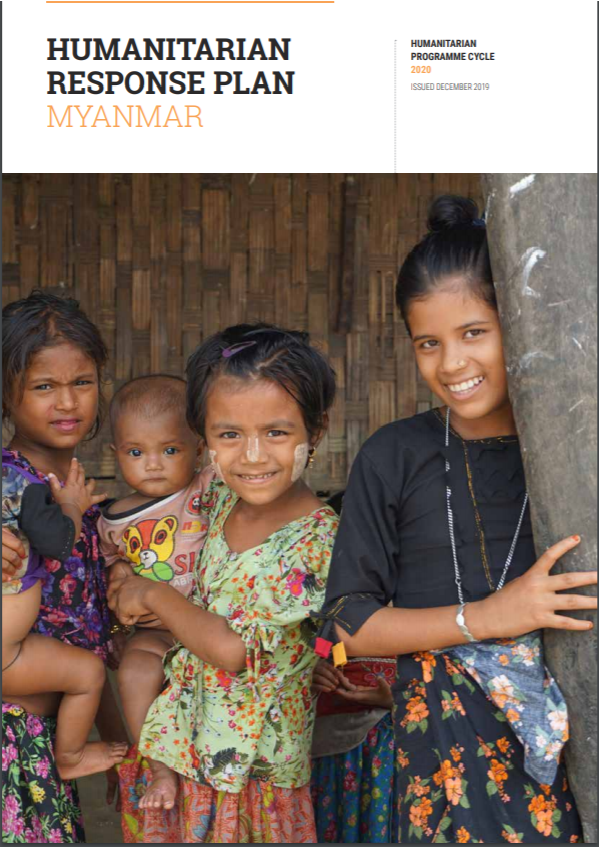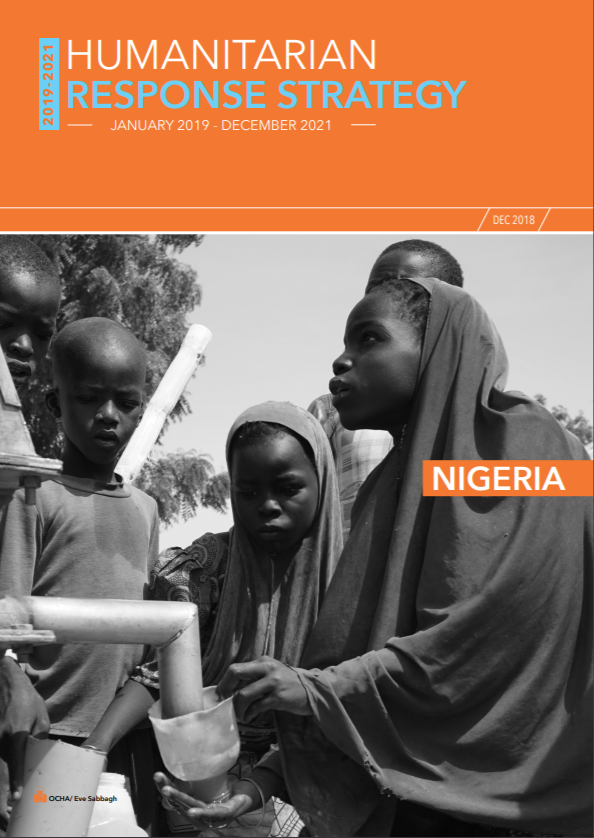Regional Refugee and Migrant Response Plan for Refugees and Migrants from Venezuela (January - December 2020)

As of October 2019, more than 4.5 million refugees and migrants from Venezuela are outside their country of origin, with 3.7 million in the region alone. As per current trends, it is estimated that the number of refugees and migrants from Venezuela included in government official figures in countries across Latin America and the Caribbean, will reach up to 5.5 million by the end of 2020. In this context, this RMRP 2020 is the result of field-driven planning, bringing together 137 appealing organizations, in consultation with host governments, civil society and faith-based organizations, local communities, donors, as well as the refugees and migrants themselves with common objective of addressing the overarching humanitarian, protection and socioeconomic integration needs of refugees and migrants from Venezuela.
Country
Venezuela
Region
South America
Year
2019
Topics




